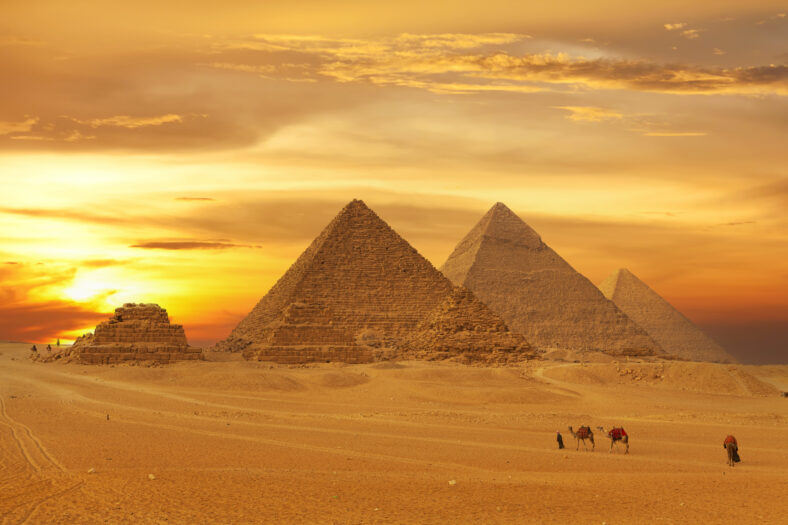Ancient Egyptian Pyramids Weren’t Only Reserved For The Rich, As These Skeletons Put A Twist In That

For a long time, archaeologists have thought that ancient Egyptian pyramids were reserved for the rich and elite.
However, some burials found at the archaeological site of Tombos in Sudan show that this was not the case. Poor physical laborers could have been buried there as well, according to a new analysis.
At times, ancient Egypt controlled parts of Sudan, and Tombos was established as an Egyptian colony. The site is located at the third cataract of the Nile River in Sudan. The area was known as Nubia or Kush during ancient times.
Around 1400 B.C., the ancient Egyptians took over the region, and shortly after that, they constructed Tombos to facilitate control in Nubia. Wealthy people were buried in tombs with small pyramids on top of them.
In the new study, researchers examined about 110 skeletons at Tombos. They looked at where the muscles and ligaments had once attached to the bone to determine how much physical labor people did.
“As the body is used more frequently and more intensively, the muscles and ligaments require a stronger mode of attachment,” wrote the researchers. “This can result in distinct crests and ridges on the bone at the point of attachment.”
These alterations in the bone are called entheseal changes. Individuals with a low rate of entheseal change were most likely of high status and worked in bureaucracy, so they did not have to do any hard labor.
But the tombs also contained the remains of individuals with a high rate of entheseal change and did a large amount of labor.
So, the pyramids weren’t just for the rich. Lower-class laborers were interred alongside elite members of society. There are a few possible reasons as to why non-elite people were buried in the pyramid tombs.

Sign up for Chip Chick’s newsletter and get stories like this delivered to your inbox.
“This practice may have been encouraged by elite individuals in order to reinforce a hierarchical social order,” said Sarah Schrader, the first author of the study and an associate professor of archaeology at Leiden University in the Netherlands.
“It could’ve also been that people of lower social economic status may have wanted to be buried next to people of higher economic status.”
Since Tombos was a colonial outpost, members of the elite might have had military and physical training and participated in hard labor tasks, so perhaps some of the worn skeletons did belong to the upper class.
Elite and non-elite individuals may have been buried together in other pyramid tombs in Egypt, although more research needs to be done to confirm this.
It is important to note that the pyramids at Tombos are different from pyramids at Giza or Saqqara, as the latter ones were built for pharaohs and their queens. The pyramids at Tombos were meant for non-royals.
The findings were published in the Journal of Anthropological Archaeology.
More About:News





